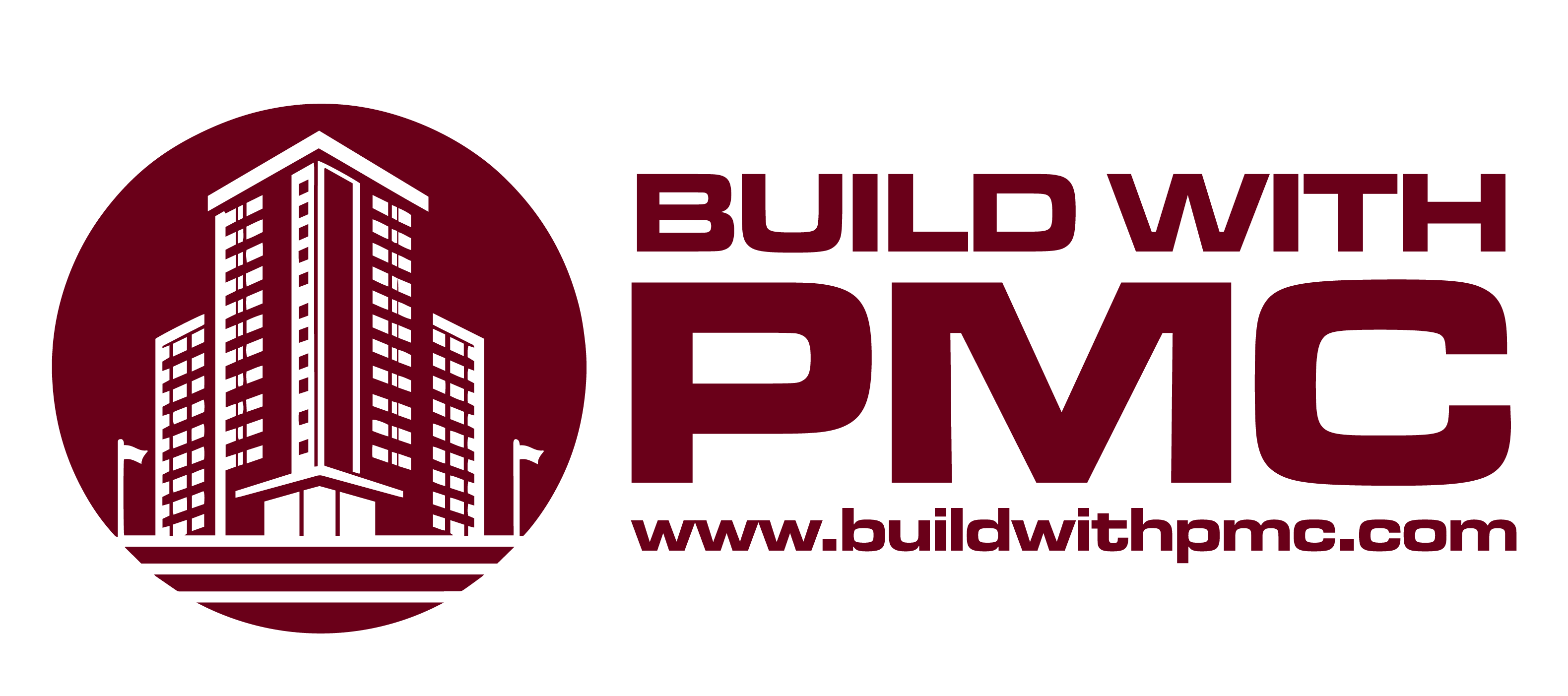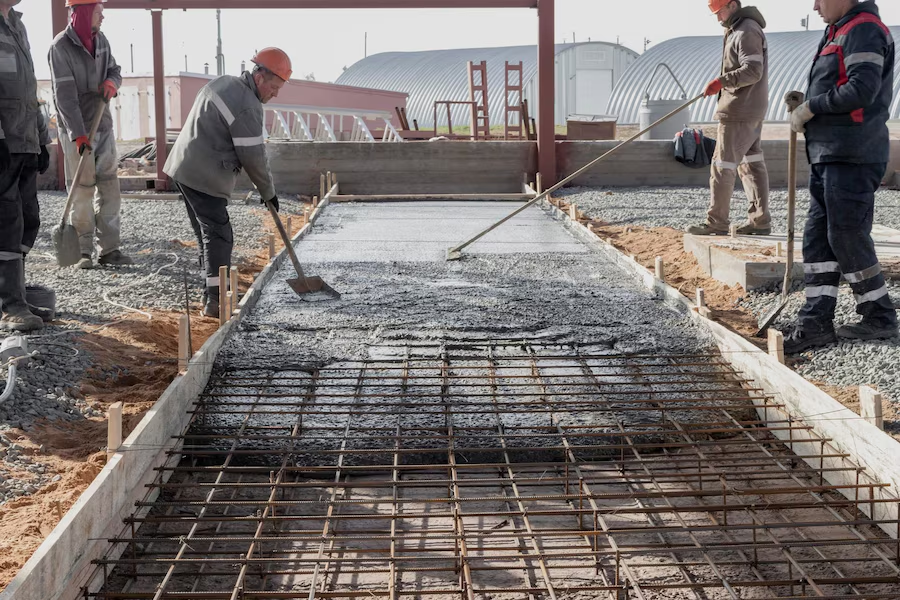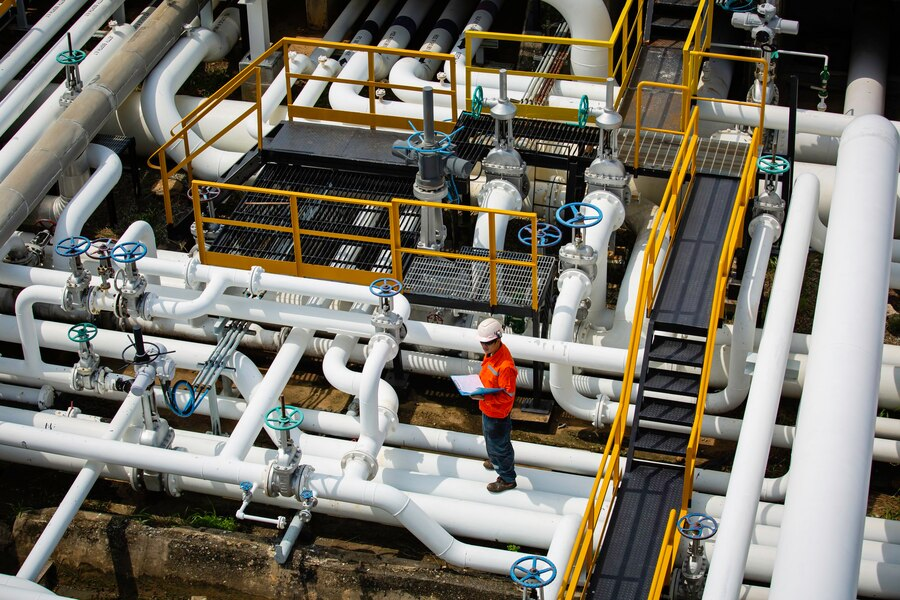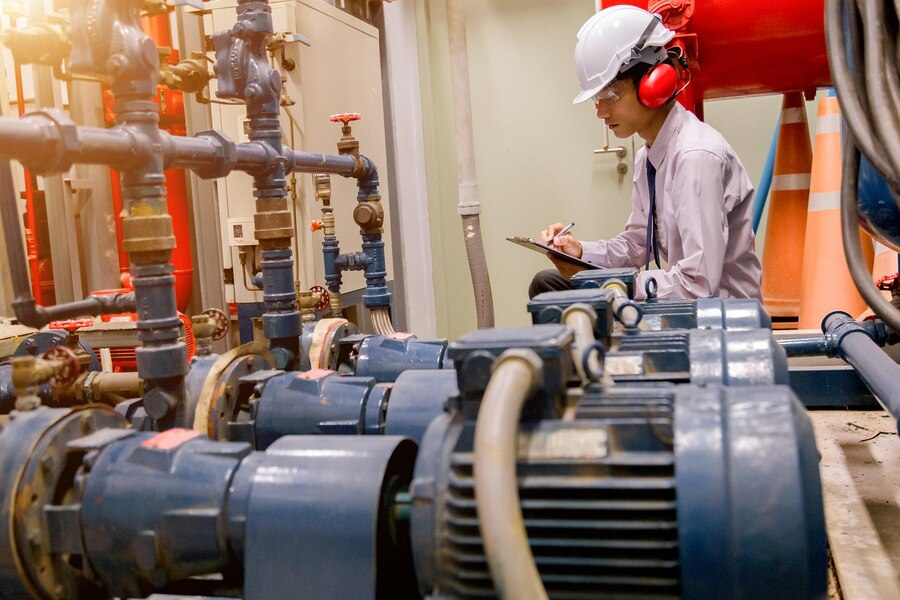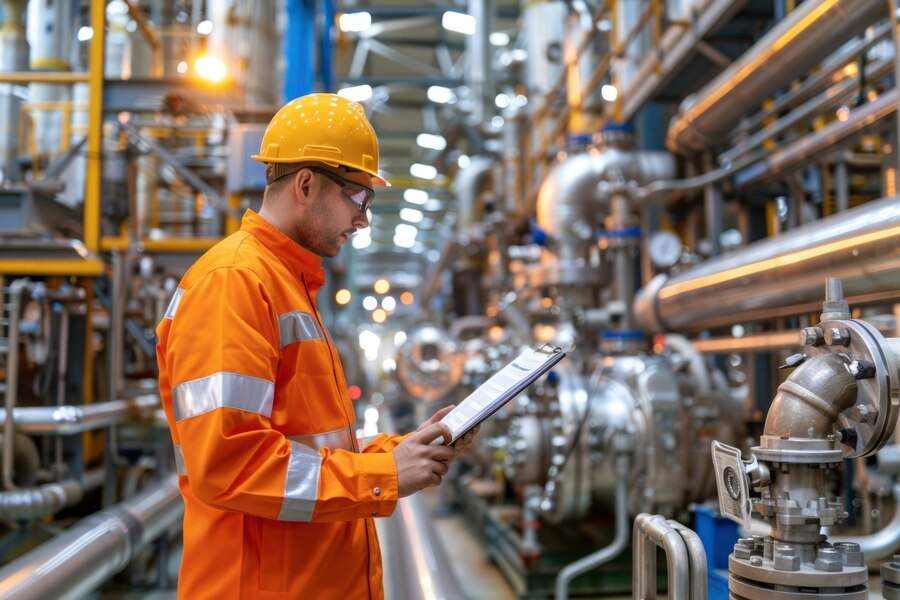When it comes to designing and constructing buildings in earthquake-prone areas, reinforced concrete stands out as a critical material for ensuring safety and resilience. Earthquakes pose significant risks, and the strength and stability of structures during such events can mean the difference between safety and disaster. In this blog, we’ll delve into why reinforced concrete is essential for earthquake safety, examining its properties, advantages, and real-world applications that underscore its importance.
Understanding Reinforced Concrete
Reinforced concrete is a composite material that combines concrete and steel reinforcement bars (rebar). Concrete is known for its high compressive strength, meaning it can withstand heavy loads without collapsing. However, it is relatively weak in tension, which means it can crack or fail when pulled or stretched. This is where steel reinforcement comes into play.
Steel rebar provides tensile strength, allowing the concrete to handle both compression and tension forces. The combination of these two materials creates a structural system that is not only strong but also flexible enough to withstand various types of stress, including those generated by seismic activity.
The Role of Reinforced Concrete in Earthquake Safety
Enhanced Flexibility and Strength
One of the primary reasons reinforced concrete is essential for earthquake safety is its ability to absorb and dissipate seismic energy. During an earthquake, the ground shakes and generates forces that can cause buildings to sway or even collapse. Reinforced concrete structures are designed to handle these forces due to their inherent flexibility and strength.
The steel rebar within the concrete allows the material to bend and deform without failing, which is crucial during seismic events. Instead of cracking and breaking, a well-designed reinforced concrete structure will bend and sway, distributing the seismic forces more evenly and reducing the likelihood of catastrophic failure.
Ductility and Energy Absorption
Ductility refers to a material’s ability to undergo significant deformation before failure. Reinforced concrete exhibits high ductility due to the presence of steel reinforcement. This characteristic is vital during an earthquake, as it allows the structure to deform and absorb energy without collapsing.
The energy absorption capability of reinforced concrete helps prevent sudden and brittle failures. Instead of breaking apart suddenly, the structure will exhibit controlled deformations, providing occupants with valuable time to evacuate and reducing the risk of injury or loss of life.
Crack Control and Structural Integrity
Cracking is a common issue in concrete structures, especially under the stresses imposed by earthquakes. However, the presence of steel rebar helps control and manage these cracks. Reinforced concrete can develop cracks, but the steel reinforcement maintains the structural integrity by holding the cracked sections together.
Properly designed and constructed reinforced concrete structures will experience controlled cracking, which is less likely to compromise the overall stability of the building. This controlled cracking helps prevent the sudden and catastrophic failure of the structure, contributing to the safety of occupants during an earthquake.
Durability and Longevity
In addition to its earthquake-resistant properties, reinforced concrete is known for its durability and longevity. Concrete is highly resistant to weathering, corrosion, and decay, making it an ideal material for structures that need to withstand harsh environmental conditions.
Reinforced concrete buildings can have a long service life, which is particularly important in earthquake-prone regions where frequent maintenance and repairs might be challenging. The durability of reinforced concrete ensures that structures remain safe and functional for many years, even in the face of repeated seismic events.
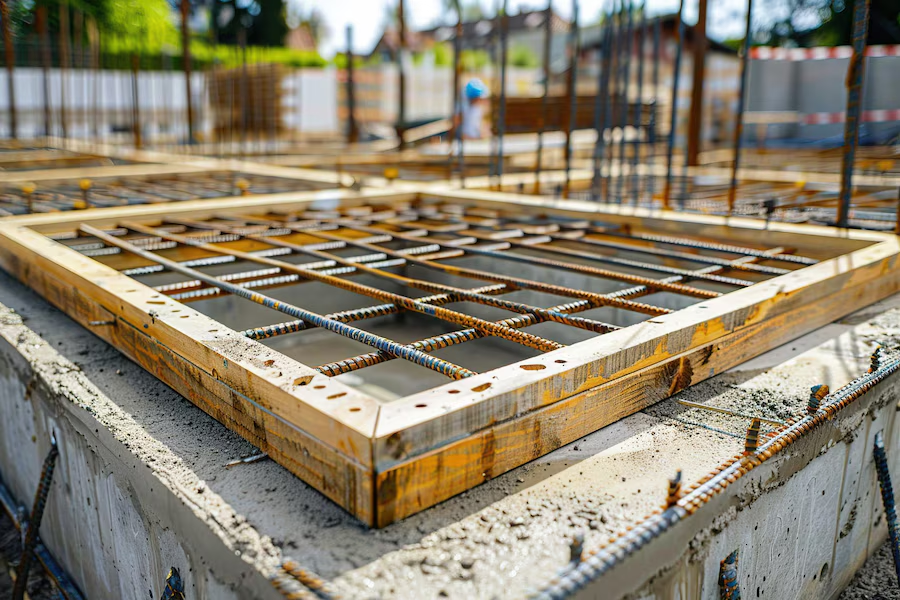
How Reinforced Concrete Protects Buildings During Earthquakes
Reinforced concrete is a critical material in protecting buildings during earthquakes due to its unique combination of strength and flexibility. The presence of steel rebar embedded within the concrete allows the material to handle both compressive and tensile forces. This means that during an earthquake, when the ground shakes and buildings are subjected to significant stress, the reinforced concrete can absorb and dissipate energy rather than collapsing under pressure. This dual-strength property prevents catastrophic failure and enhances the overall stability of structures.
Additionally, the design of reinforced concrete structures often includes features that further improve their earthquake resistance. For instance, seismic design codes require specific reinforcement patterns and configurations to ensure that buildings can sway and bend without losing their structural integrity. This controlled deformation allows the building to withstand the dynamic forces generated by an earthquake, providing a safer environment for occupants and reducing the risk of severe damage or collapse.
Why Reinforced Concrete Is a Game-Changer for Earthquake Safety
Reinforced concrete has revolutionized earthquake safety by providing a robust solution to the challenges posed by seismic activity. Its innovative combination of concrete and steel reinforcement allows for the creation of structures that are not only strong but also flexible enough to endure the stresses of an earthquake. Unlike traditional concrete, which can crack and fail under tension, reinforced concrete maintains its integrity through the reinforcement bars that absorb and distribute seismic forces, thereby enhancing the building’s overall resilience.
The game-changing aspect of reinforced concrete lies in its ability to offer both durability and adaptability. Buildings constructed with reinforced concrete can withstand repeated seismic events without significant damage, making it an ideal choice for earthquake-prone regions. The material’s strength and flexibility reduce the likelihood of sudden structural failures, ensuring that buildings remain standing and occupants remain safe during and after an earthquake.
Reinforced Concrete and Its Impact on Earthquake Resilience
Reinforced concrete has had a profound impact on earthquake resilience, transforming the way buildings are designed and constructed in seismic zones. By integrating steel rebar into concrete, engineers have created a material that can withstand both compressive and tensile forces, which is crucial during an earthquake. This combination allows structures to absorb and redistribute seismic energy, minimizing damage and improving their chances of surviving significant seismic events.
The impact of reinforced concrete extends beyond just the structural benefits. Its use has led to advancements in building codes and construction practices, with a focus on enhancing earthquake resilience. Modern reinforced concrete buildings are designed to meet stringent seismic standards, ensuring that they can endure the forces generated by earthquakes. This advancement not only protects lives but also reduces economic losses from earthquake damage, making reinforced concrete a cornerstone of effective earthquake preparedness.
Essential Benefits of Reinforced Concrete for Earthquake Preparedness
Reinforced concrete offers essential benefits for earthquake preparedness by combining strength, flexibility, and durability. Its ability to handle both compressive and tensile forces makes it a crucial material for constructing buildings that can withstand seismic activity. The embedded steel reinforcement enhances the concrete’s performance, allowing it to absorb and dissipate energy during an earthquake, which helps prevent catastrophic structural failures.
Additionally, reinforced concrete contributes to earthquake preparedness through its long-term durability and low maintenance requirements. Buildings constructed with reinforced concrete are designed to last, even in harsh seismic environments. This longevity reduces the need for frequent repairs and ensures that structures remain safe and functional over time. As a result, reinforced concrete plays a vital role in creating resilient buildings and infrastructure in earthquake-prone regions.
The Importance of Reinforced Concrete in Earthquake-Ready Construction
Reinforced concrete is crucial for earthquake-ready construction due to its unique properties that enhance a building’s ability to withstand seismic forces. By combining concrete’s compressive strength with the tensile strength of steel reinforcement, reinforced concrete creates a material that is both strong and flexible. This combination allows structures to absorb and dissipate the energy generated by earthquakes, preventing severe damage and collapse.
The importance of reinforced concrete also lies in its ability to support modern seismic design practices. Building codes and standards have evolved to incorporate reinforced concrete’s advantages, ensuring that structures are designed to handle the forces of earthquakes effectively. This focus on earthquake-ready construction helps protect lives, reduce economic losses, and maintain the functionality of buildings in seismic regions.
How Reinforced Concrete Ensures Stability During Seismic Events
Reinforced concrete ensures stability during seismic events through its inherent strength and flexibility. The inclusion of steel rebar within the concrete allows the material to manage both compressive and tensile forces, which is critical when a building is subjected to the dynamic forces of an earthquake. This ability to absorb and distribute seismic energy helps maintain the structural integrity of the building and prevents sudden collapses.
Additionally, reinforced concrete’s stability is reinforced by its design and construction practices. Engineers use reinforced concrete to create structures with specific reinforcement patterns and seismic safety features that enhance their ability to withstand shaking and swaying. These design considerations ensure that buildings remain stable during and after an earthquake, providing a safer environment for occupants and reducing the risk of extensive damage.
Conclusion
Reinforced concrete is undeniably vital for earthquake safety, offering a blend of strength, flexibility, and durability that helps buildings withstand seismic forces. Its unique properties, combining the compressive strength of concrete with the tensile strength of steel rebar, allow structures to absorb and dissipate the energy from earthquakes, enhancing their resilience and ensuring occupant safety. By integrating reinforced concrete into building designs, we can significantly reduce the risk of catastrophic failures and improve overall earthquake preparedness.
If you have questions about how reinforced concrete can enhance your building’s earthquake safety or need expert advice on construction practices, feel free to reach out to us at PMC INC. Our team is here to help with all your construction needs. Contact us at 562-905-3101 or visit us at 14563 Manzanita Dr, Fontana, CA 92335. We look forward to assisting you!
